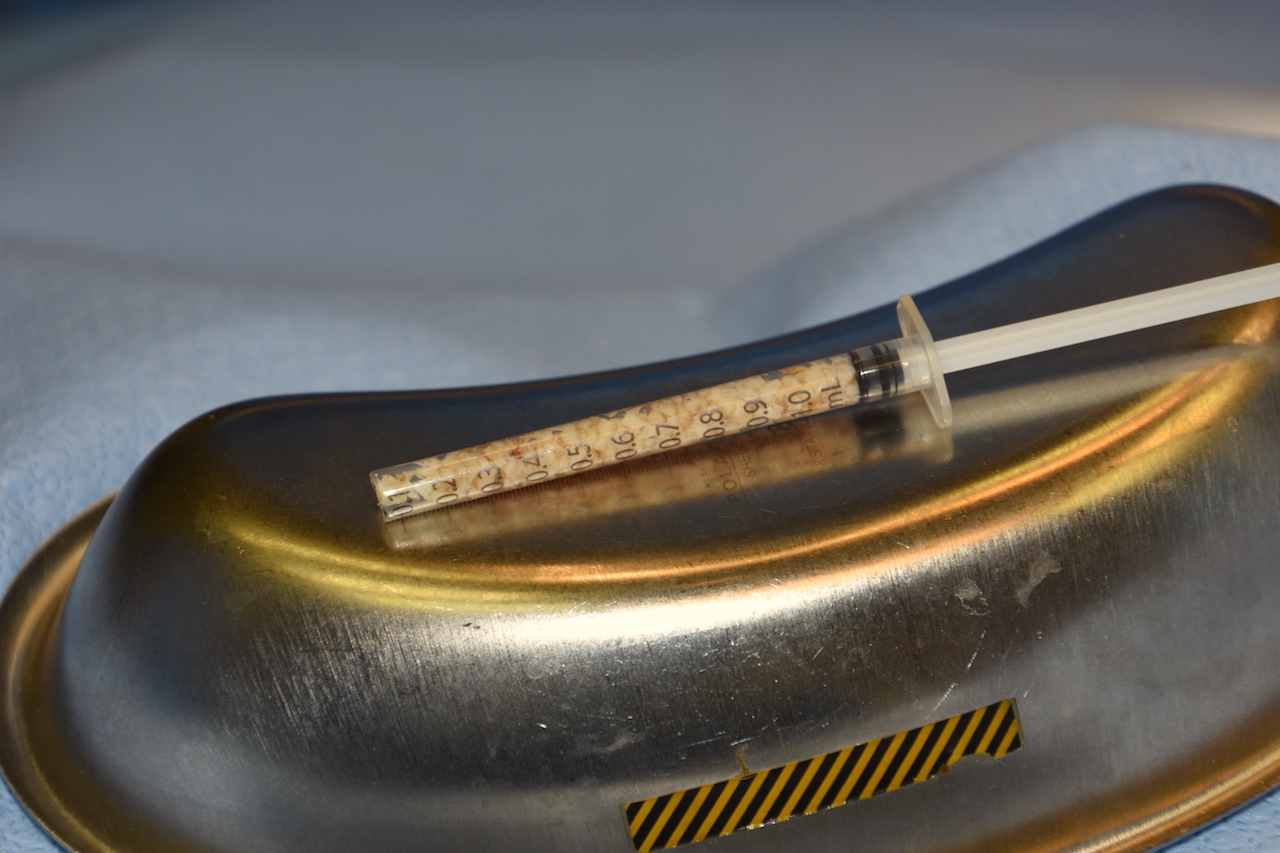RealSurgerymax

From .net
Contributor
- Joined
- Jul 24, 2020
- Posts
- 2,307
- Reputation
- 7,536
Facial Depth is basically a refined version Forward Growth theory. While some people might say water is wet, this updated theory explains why many midface implant designs look fake and stuck-on, and why “Modified LeFort 3” (often abbreviated MLF3) has almost no chance of creating an extremely aesthetic face.


Here is how I separate and categorize facial depth.
Certain landmarks are constant and can’t be changed like the external auditory meatus, tragus, anterior/posterior positioning of the eyes, neck and to some extent the hyoid bone. These are the constant reference marks. Everything else can be moved forward with the properly modified surgeries.
It’s my opinion that the most overlooked subcategory of facial depth is anterior facial depth which is projection or retrusion in the LeFort 2 region. It’s probably the area which sets apart average people from beautiful people the most.
Anterior Facial Depth
(The projection of the central midface off the posterior midface and is enhanced through LeFort 2 Osteotomy)


Posterior Facial Depth
The projection of the entire face as a unit from the rest of the skull and corrected by a LeFort 3 Advancement or implants informed by the LeFort 3 Concept.


When all of the subcategories of facial depth are sufficiently projecting the face fits into a square shape:




Adding facial depth with a true LeFort II or III that goes up and over the nose can give a very powerful yet natural looking result. So-called ‘Modified’ LeFort 3 and LeFort 2 Osteotomies which leave out the nose and nasion can’t do this any better than custom implants can. Therefore it should never be utilized except in the implant-phobic.

The main aesthetic problem with a non-syndrome LeFort II is the medial canthus is usually pulled too forward, off the eyeball. In the past this has required medial canthus setback procedure with a trans-nasal wire which is not natural appearing and only belongs in syndrome craniofacial surgery. However LeFort 2 can be modified to be in front of the medial canthus and lacrimal system as I did here:

If you don’t want LeFort 2 or LeFort 3 I have found it possible to apply this concept to my implant designs after a LeFort 1 Osteotomy. How much depends on the advancement of the LF1. I have had success balancing faces after “over-advanced” bimaxes (LACOMS strikes again! Barcelona Line strikes again!) with specially designed custom implants.

This is just one of many concepts that just about all custom implant designs & Orthognathic surgery plans never take into account, unless by accident. (Custom Implants are almost always designed by engineers at big companies who don’t know aesthetics. Meanwhile most surgeons don’t know 3D design engineering. It’s almost never the surgeon literally designing the implant - implants are just designed under their supervision/approval.)
That’s quite a bit of detail for a concept I have gatekept strictly for my own clients for about 2 years. More information about highly-modified Craniofacial surgery available on instagram @unicorn.CMF (professional page) and @Giant.Implants (educational meme page)
Here is how I separate and categorize facial depth.
Certain landmarks are constant and can’t be changed like the external auditory meatus, tragus, anterior/posterior positioning of the eyes, neck and to some extent the hyoid bone. These are the constant reference marks. Everything else can be moved forward with the properly modified surgeries.
It’s my opinion that the most overlooked subcategory of facial depth is anterior facial depth which is projection or retrusion in the LeFort 2 region. It’s probably the area which sets apart average people from beautiful people the most.
Anterior Facial Depth
(The projection of the central midface off the posterior midface and is enhanced through LeFort 2 Osteotomy)
Posterior Facial Depth
The projection of the entire face as a unit from the rest of the skull and corrected by a LeFort 3 Advancement or implants informed by the LeFort 3 Concept.
When all of the subcategories of facial depth are sufficiently projecting the face fits into a square shape:
Adding facial depth with a true LeFort II or III that goes up and over the nose can give a very powerful yet natural looking result. So-called ‘Modified’ LeFort 3 and LeFort 2 Osteotomies which leave out the nose and nasion can’t do this any better than custom implants can. Therefore it should never be utilized except in the implant-phobic.
The main aesthetic problem with a non-syndrome LeFort II is the medial canthus is usually pulled too forward, off the eyeball. In the past this has required medial canthus setback procedure with a trans-nasal wire which is not natural appearing and only belongs in syndrome craniofacial surgery. However LeFort 2 can be modified to be in front of the medial canthus and lacrimal system as I did here:
If you don’t want LeFort 2 or LeFort 3 I have found it possible to apply this concept to my implant designs after a LeFort 1 Osteotomy. How much depends on the advancement of the LF1. I have had success balancing faces after “over-advanced” bimaxes (LACOMS strikes again! Barcelona Line strikes again!) with specially designed custom implants.
This is just one of many concepts that just about all custom implant designs & Orthognathic surgery plans never take into account, unless by accident. (Custom Implants are almost always designed by engineers at big companies who don’t know aesthetics. Meanwhile most surgeons don’t know 3D design engineering. It’s almost never the surgeon literally designing the implant - implants are just designed under their supervision/approval.)
That’s quite a bit of detail for a concept I have gatekept strictly for my own clients for about 2 years. More information about highly-modified Craniofacial surgery available on instagram @unicorn.CMF (professional page) and @Giant.Implants (educational meme page)
Last edited:


